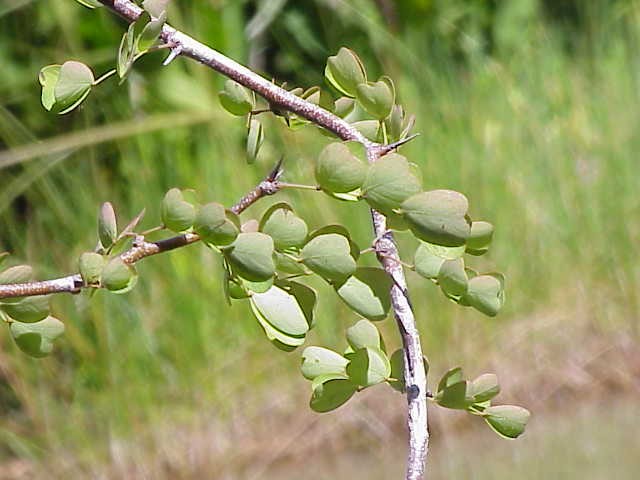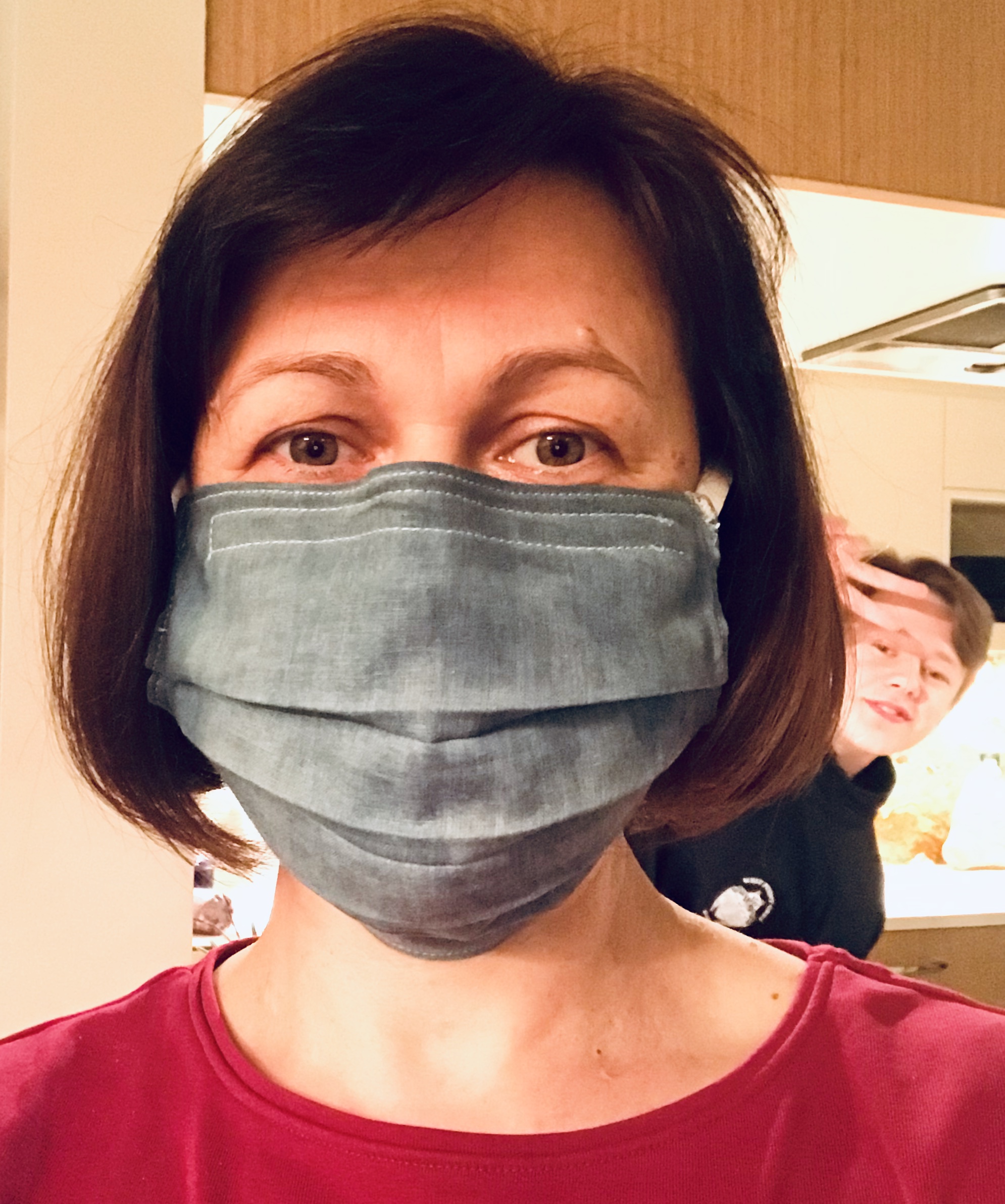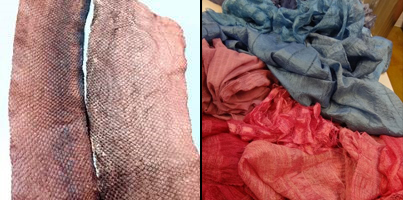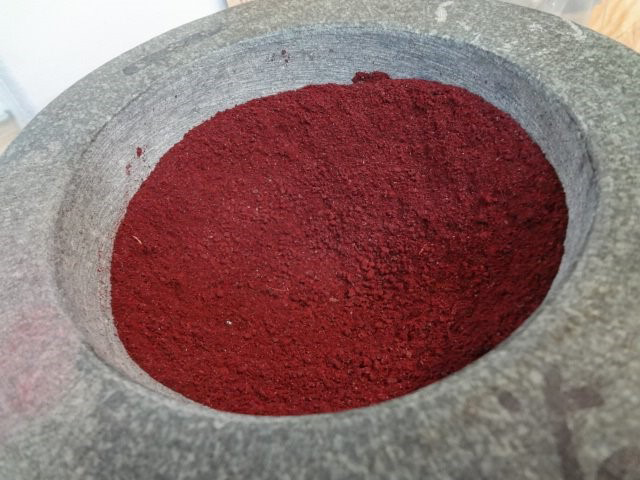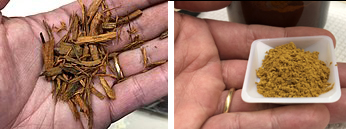Wisdom and Passion in the Lab: Interviewing Vennie Chou
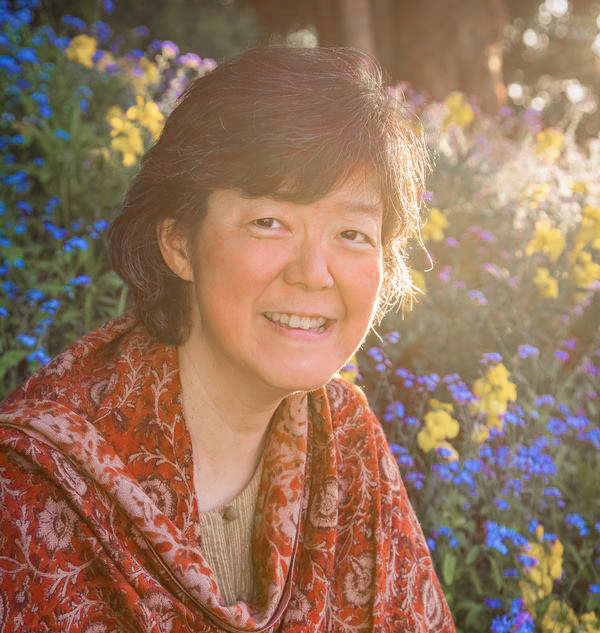
I decided to share with you what I then learned about Vennie and how she inspired me to look at H & E slides differently.
Vennie, tell us a bit about your background, to start with?
I was born in Taiwan. I came to Canada in 1974 and had most of my education here. I graduated from BCIT Medical Laboratory program in 1986; I started my career in Histology at VGH, and then transferred to BCCA. I have worked in Histology for over 32 years. Outside of work, I am a natural textile designer, a skincare supplier, a teacher and instructor for more than 20 years.
What is the story behind textile design and histology, as the two seams so different?
It is really my passion in histology that inspired me to study and develop textiles and skincare. The processes used in histology are much similar to textile processes than one may think. Tissue processing, or histology, basically consists of fixation, mordanting and dyeing. In natural textile design, we need to do similar processes. I only design textiles using natural materials, such as fibres from sheep, alpaca, silk cocoons, cotton, linen, and fish skin (my latest work). These raw materials are proteins, just like human tissues that we process in histology. One of the raw materials that I use, fish skin, requires fixation first, and I prefer to use natural tannins to fix and mordant fish skin before I can tan it to beautiful leather. For example, for natural fibres, I need to mordant them using Alum, similar to how we do it in histology. In my textile work however, I am moving to more natural mordants for environmental purposes. As you can see, what I learn at work in the lab I apply for my other work and hobbies!
Do you ever use histology dyes to dye your textile works?
No! The most exciting part of my textile designs is discovering dyes from plants or insects.
Many of the dyes used in Histology originated from textile dyes. The most popular one is Hematoxylin, which comes from the Logwood tree. I also use logwood for my textiles. In the past I used Cochineal and Lac a lot in my textile work. In the older days, Cochineal and Lac were used in histology, in Southgate Muci-Carmine stain I think, and was later replaced by synthetic dyes. One of most beautiful histology stains is Masson Trichrome, and Ponseau Fuchsin, which is the dye used for this stain, was a textile dye used after Industrial Revolution. Eventually, we ran out of Ponceau Fuchsin and had to switch to Brietchet Scarlet, which is used now.
Some of the staining principals used in histology are very similar to textile dyeing. For example, when I dye with Natural Indigo, the staining mechanism is oxidation and reduction. As I mentioned before, natural dyes use mordants, and mordanting often requires some kind of heavy metals to help dyes attach to fibres or tissue sections. It took me awhile to find natural mordants from plants, such as Symplocco or tannins or even iron powder I obtain from rusty nails.
Outside histology laboratory, how did you learn to do and find these natural substitutes for your fixatives, dyes and mordants for your textile work?
I first learned the basics of textile dyeing at Maiwa School of Textiles. Later, I was fortunate to meet and learn old traditional knowledge and skills from famous artisans from Japan, India, France, US, England and Canada. You see, one of my goals is to find out how textiles were made way before Industrial Revolution. I looked and learned from teachers who kept their old traditions, specific to their cultures. Some of my teachers are 8-10th generation of textile traditions. I was even fortunate enough to meet and listen to Dr. Harold Bohmer who discovered Hematein, the active compound in Logwood or Hematoxlin, which we depend on for our H & E stain.
What is your current and future plan with all of this knowledge and skills in textiles?
Currently, the fashion industry is the second largest polluter in the world. I wish to teach more people, especially the younger generation, the skills in natural textile designs. I would really like to inspire people to change their fashion practice, and embrace the natural manufacturing processes to protect our environment. I do what I do to develop a practical natural solution that I can stand by, and present to people before I ask them wear different clothes and help the environment. I have participated in Slow Cloth Fashion shows in West Vancouver to raise awareness of our processes, and practice and I participate in Eastside Cultural Crawl every year in November to show my work. I offer a number of workshops teaching natural dyeing, skin care and I also work with International Perfume Foundation (IPF) in Paris, France to set safe standards for skincare and perfume products. I am hoping they can help me in bringing awareness of the damages current fashion trends and practices bring.
I took your skincare workshop recently, how did you move from histology to textile design to skincare?
I have been making plant-based skincare products for over 20 years to help my son recover from his eczema and other skin problems. While I was studying the plants I used for dyeing, I found that most of these plants have been used for medicinal or health purposes in different cultures. So, I started experimenting and now that I grow some of these plants for dyeing I am also using them for skincare products.
I think the more we can use and know how to use plants, the more we need to plant them. The more I design my textiles and skincare products using plant materials, the more I find my histology knowledge useful. That is how my passion for textile dyeing feeds back my strong passion for histology. I consider myself fortunate: I live in a world of color and I do what I love and I love what I do!
I know you often share your enthusiasm about natural fibres and dyes, and natural skin care with our residents while they are rotating at BC Cancer. What is your message for this younger generation of Pathologists?
I also want to be a role model for the future histo-technologists, and Pathologists too… letting them know that histology is more than just a job, it is a blend of history and chemistry and is the most beautiful and colourful art among all medical laboratory disciplines.
For those interested to learn more about natural fibres, natural dyes, natural cosmetics and to empower themselves with knowledge that can be easily applied to our daily life. I strongly recommend one of Vennie’s workshops, which I experienced firsthand in December 2019. She is a knowledgeable, fun, practical and entertaining teacher and, most of all, exudes enthusiasm and passion for what she does and teaches, both at work, at BC Cancer in the histology lab or residents’ room, or related to her To Dye For Collection.
PS I am the proud owner of the first “Pathologist’ scarf” that Vennie made for her collection, dyed with Indigo and Iron and representing cell nuclei.
